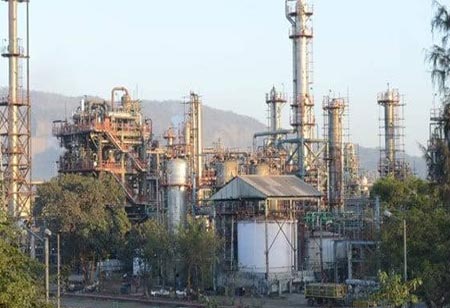In order to give recognition to the India Economy, Prime Minister Narendra Modi has launched “Make in India” program so that India could get recognised as a manufacturing hub. In the recent years, the manufacturing industry in India has emerged as one of the sectors of high growth and therefore high revenue. According to the stats provided by different industry reports, the manufacturing industry is going to become the fifth largest among all nations by the end of 2020.
From the financial year starting from 2012 all the way to 2018, the manufacturing sector of the country has experienced a compound annual growth rate of 4.34 per cent. This is according to the second round of advance estimates of the annual national income that has been published by the Government of India.
The industry has experienced massive growth in terms of revenue as it has been observed that the Gross Value Added (GVA) from manufacturing at current prices grew 14.8 per cent year-on-year to Rs 138.99 trillion (US$ 198.05 billion). Under the Make in India initiative, the Government of India aims to increase the share of the manufacturing sector to the gross domestic product (GDP) to 25 per cent by 2022, from 16 per cent, and to create
100 million new jobs by 2022. Business conditions in the Indian manufacturing sector continue to remain positive.
The Make in India drive has been immensely helpful in making India retain on the path of becoming the hub dedicated to hi-tech manufacturing as global giants such as GE, Siemens, HTC, Toshiba, and Boeing have either set up or are in process of setting up manufacturing plants in India, attracted by India's market of more than a billion consumers and increasing purchasing power.
The accumulated Foreign Direct Investment (FDI) in India’s manufacturing sector reached US$ 76.82 billion during April 2000-June 2018. This is one of the major FDI recorded in any of the sectors until now. India has become one of the most attractive destinations for investments in the manufacturing sector.
Some of the major investments and developments in this sector in the recent past are:
• As of December 2018, premium smartphone maker OnePlus is anticipating that India will become its largest Research and Development (R&D) base within the next three years.
• India’s manufacturing PMI stood at 51.7 in May 2019.Also companies start to spend more on hiring and anticipate good growth in future prospects.
• As of October 2018, Filatex India, a polymer manufacturer, is planning to undertake forward integration by setting up a fabric manufacturing and processing unit.
• As of August 2018, IISC’s Society of Innovation and Development (SID) and WIPRO 3D are collaborating to produce India’s first industrial scale 3D printing machine.
• For its Commercial Vehicles, Ashok Leyland is utilising machine learning algorithms and its newly created telematics unit to improve the performance of the vehicle, driver and so on.
